The Article
Shanling H1 Headphone Amplifier: Portable Pocket Power
23rd September 2017
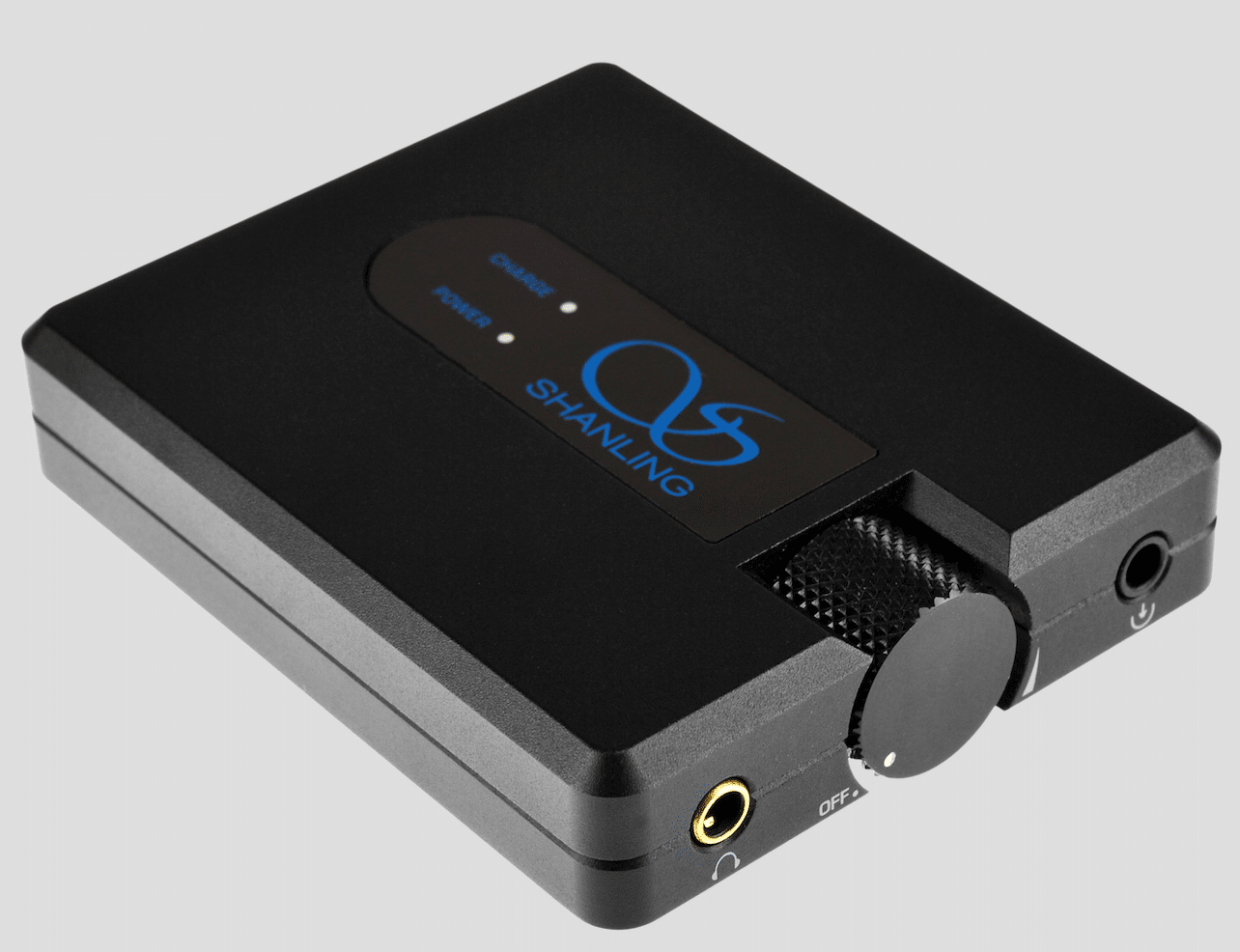
Head amps without a built-in DAC are actually rarer, these days then with. Paul Rigby reviews one such example, the dinky Shanling H1
If you build a mobile headphone amplifier, why leave it there? Why not add a DAC and add value? Chord has shown that you can add value and quality and retain a small footprint with its Mojo.
Well, there is a benefit to minimising facilities. The more features you squeeze into a small chassis, the greater is the chance of cross contaminating noise. The less you put in a small chassis, the greater the chance of a purer and cleaner sound.
That’s what Shanling has done with the headphone amplifier-only H1. Weighing in at just 100g and spanning a measly 60 x 73 x 16mm, the H1 truly is pocket sized and light with it. It’s a realistic option to cart around with a dedicated music player or your laptop.
It’s also designed for portable use, mostly because there are no sticky-out parts to snag on clothing or bags or the straps of the same. The H1 presents you with a simple aluminium metal block where even the robust volume control is a recessed knurled knob.
Inside, two Burr-Brown amplifiers have been used for the output and pre-amp stages while that volume knob I mentioned is an Alps 100K2. You will also find a high and low gain setting which is ideal for use with headphones and earphones A 3.5mm jack is offered for your headphone termination with another 3.5mm socket for your source. A mini-USB port is used for powering the built-in 1800mAH lithium battery. Handling headphones with a range of 16-300 Ohms, the H1 amplifier provides up to 13 hours playtime on a single charge.
Apart from the headphone amplifier, available in black or silver, you also get a micro USB to USB Cable, 3.5mm-3.5mm cable to connect to a music player, robust elasticated band to strap the H1 to the same plus an owner’s manual which is largely useless, unless you speak Chinese.
SOUND QUALITY
I began by plugging the H1 into my MacBook and played Sonny Rollins’ St Thomas at 24bit/96kHz and was immediately impressed with the low noise output which could primarily be heard in the relatively large and airy soundstage. This provided plenty of room for the instruments to move and also encouraged a suite of complex and subtle detail from Rollins’ own sax playing. It was easy for the ear to pick up subtleties as he manipulated the instrument. The piano also sounded confidant and secure in the mix while the complex percussion provided a tonally exciting and accurate response. This track offered an array of drum types which, on a less incisive amplifier, could sound samey and bland. The H1 provided a characterful response which allowed a host of varying tones to be heard as the drummer hit different drums but also varied his strike force on the skin of each.
Treble-infused cymbals also enjoyed a varying tonal range as and after each was hot while bass was strong and massy in nature, giving the track a foundation to move from.
I then played Looking for a Home at 24bit/176kHz via Keith Greeninger and Dayan Kai. Two voices and one acoustic guitar, one quietly electrified and that’s yer lot. Here, space and silence was critical to portray the correct ambience and atmosphere for this song.
Using the expanded soundstage to the full, the duo’s voices offered a rich and detailed delivery that were both rich and textured while the acoustic guitar, especially, provided an impressive transient speed during string plucks that added a distinct attack and punctuation to the song.
This extra space provided more room for vocal crescendos too. The duo’s efforts could sound a little pinched within the upper mids but the H1 allowed additional headroom to give the sound room to breathe.
Playing Eric Bibb’s Meeting the the Building at DSD 5.6 may have been a step too far for the H1 which struggled a touch with the gamut of new information on offer. It sounded a little veiled in the midrange. That said, for the price, it remained detailed with an admirable focus that reflected well in the accordion and acoustic guitar response as well as the emotional delivery from the variety of voices.
I then changed the source to a Red Wine Audio modded Astell&Kern AK120 and played a high-red track, Dire Straits Money for Nothing at 24bit/88.2kHz. This track, despite the high resolution, suffers from compressive effects within the mastering yet the early delivery from guest singer, Sting, proved balanced and relatively neutral, considering the compression. Drums, meanwhile, were strong, responsive and provided punch while the guitar subdued the often harsh peak limiting, aiding the lowering of noise and listening fatigue. Mark Knopfler’s lead vocal was husky and nicely textured too. Yes, you could still sense the compression lurking in the background but the H1 tamed a lot of the harsh effects.
Finally, Elvis Presley’s warming version of Fever at DSD 64 provided a wealth of space and air around the lead vocal with plenty of reverb tails adding ambience while bass guitar was strong and precise as were the atmospheric finger clicks. The sparse percussion, interjecting punctuated beats, jerked the rhythm to and fro, breaking the ear out of the intoxicating Presley vocal.
CONCLUSION
Neat, tidy and well made, the Shanling H1 headphone amplifier is very easy to use and practical as a mobile device. In terms of sonics, its highlight is its low noise approach to sound which adds welcome air and space to the midrange and extra mass to the bass. For the price, this little box provides great value for money.
SHANLING H1 HEADPHONE AMPLIFIER
Price: £119
Website: Amazon
GOOD: airy mids, firm bass, design, easy to use, low noise
BAD: nothing
RATING: 8
REFERENCE
Red Wine Audio modded Astell&Kern AK120
MacBook (SSD)
Sennheiser HD650
Sennhesier HD800 (plus Atlas headphone cable)

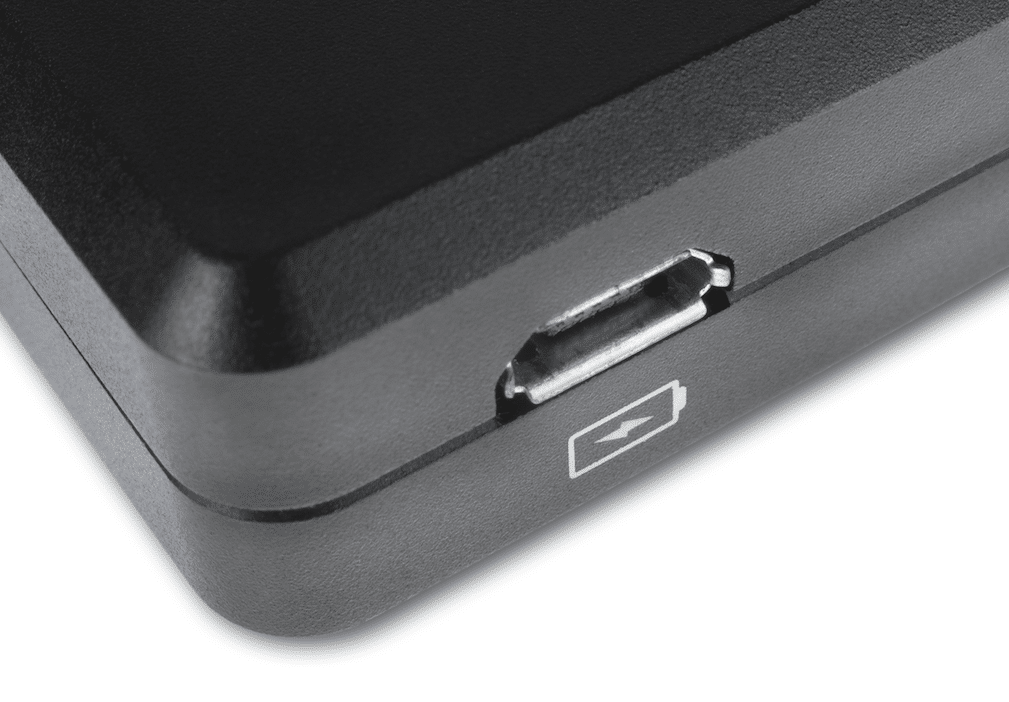
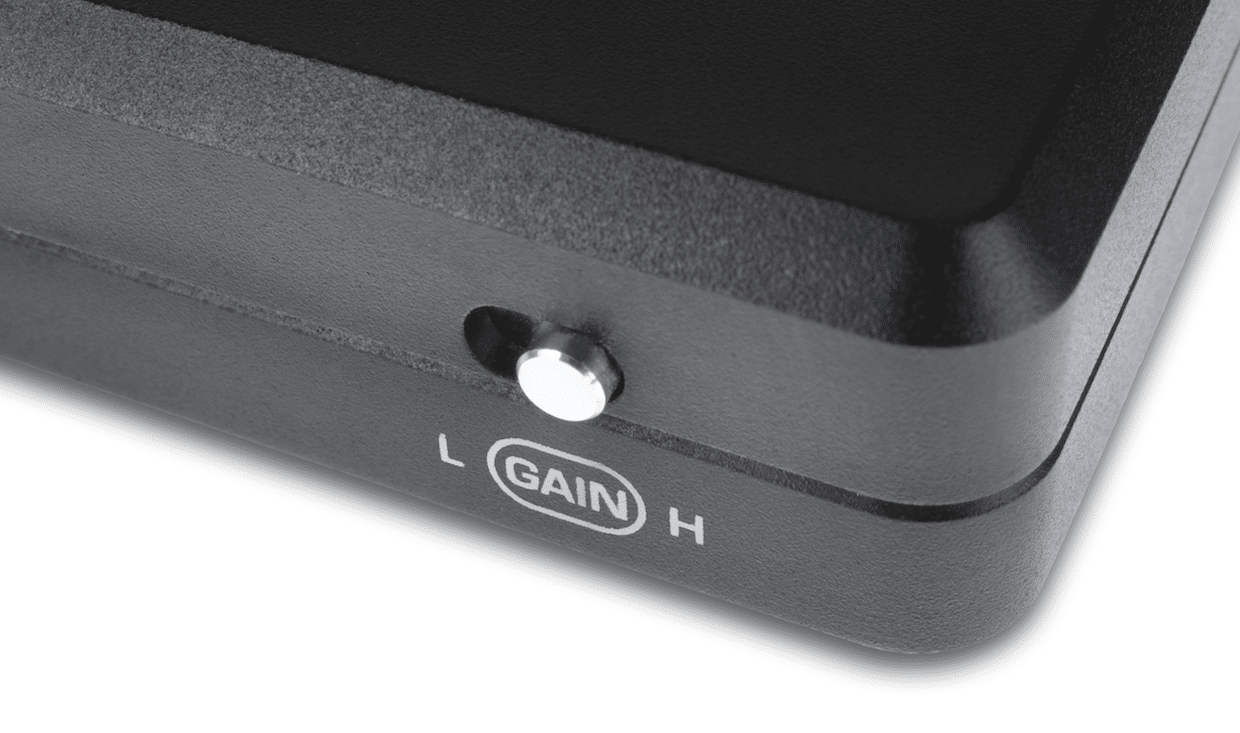
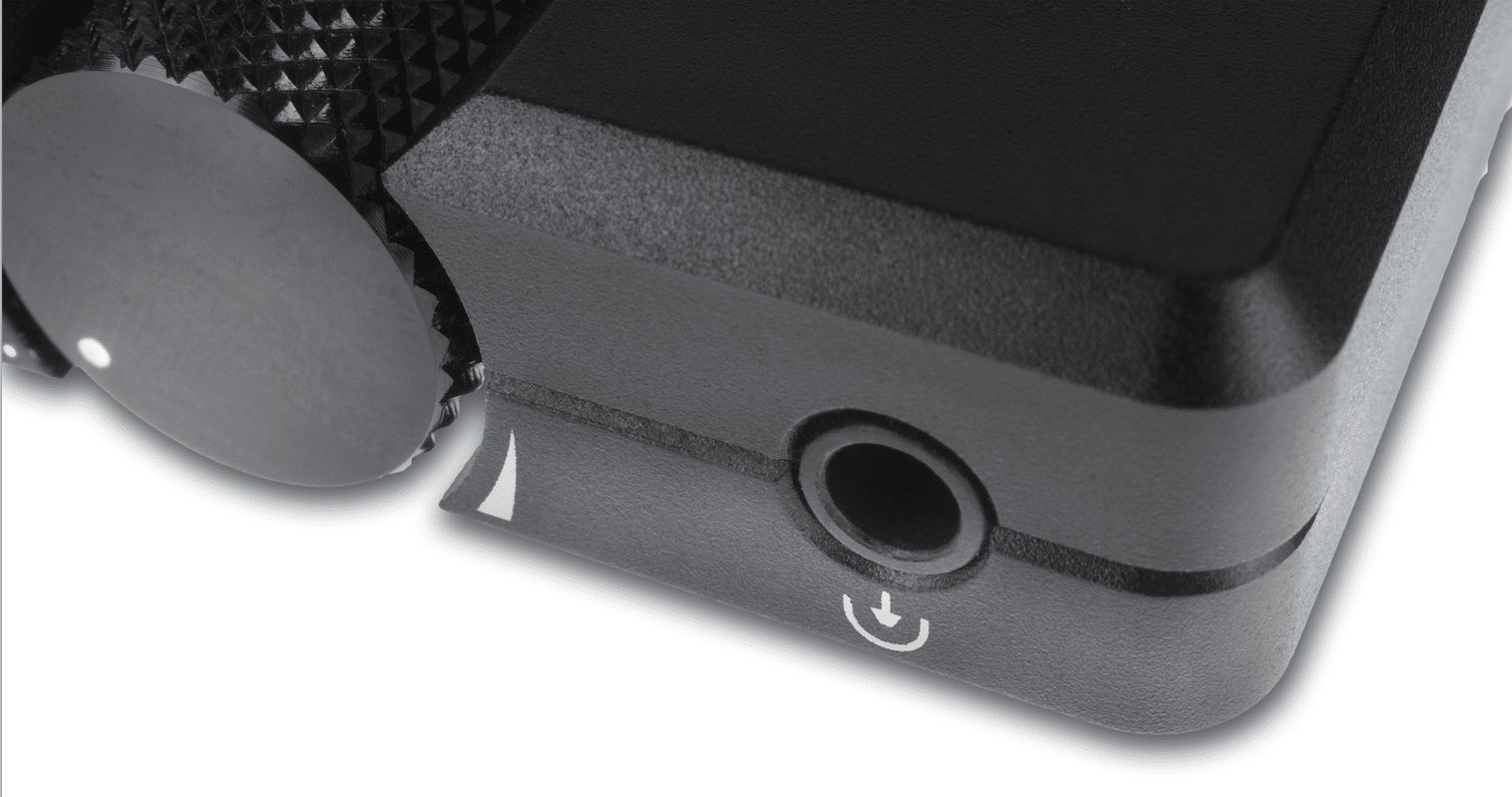

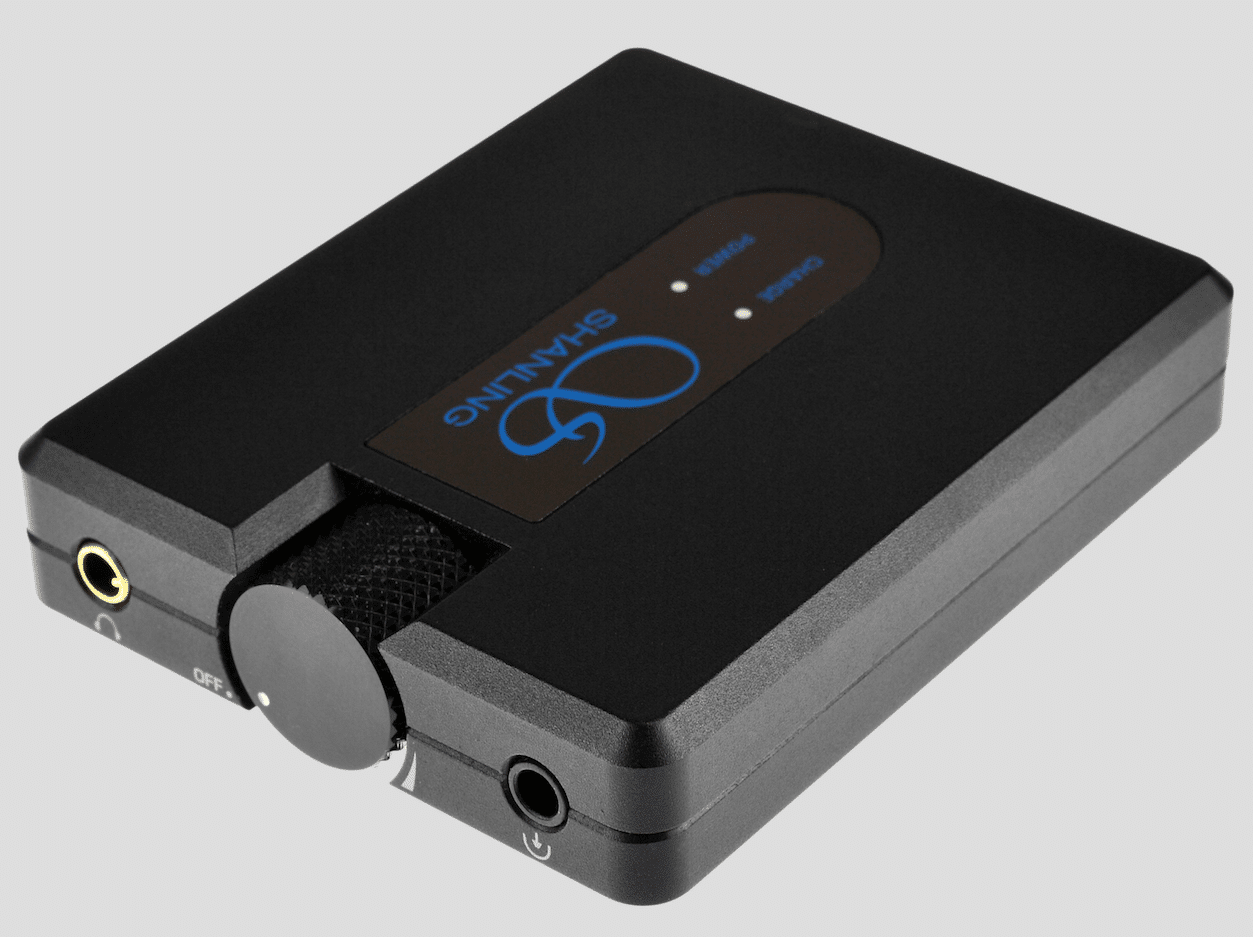

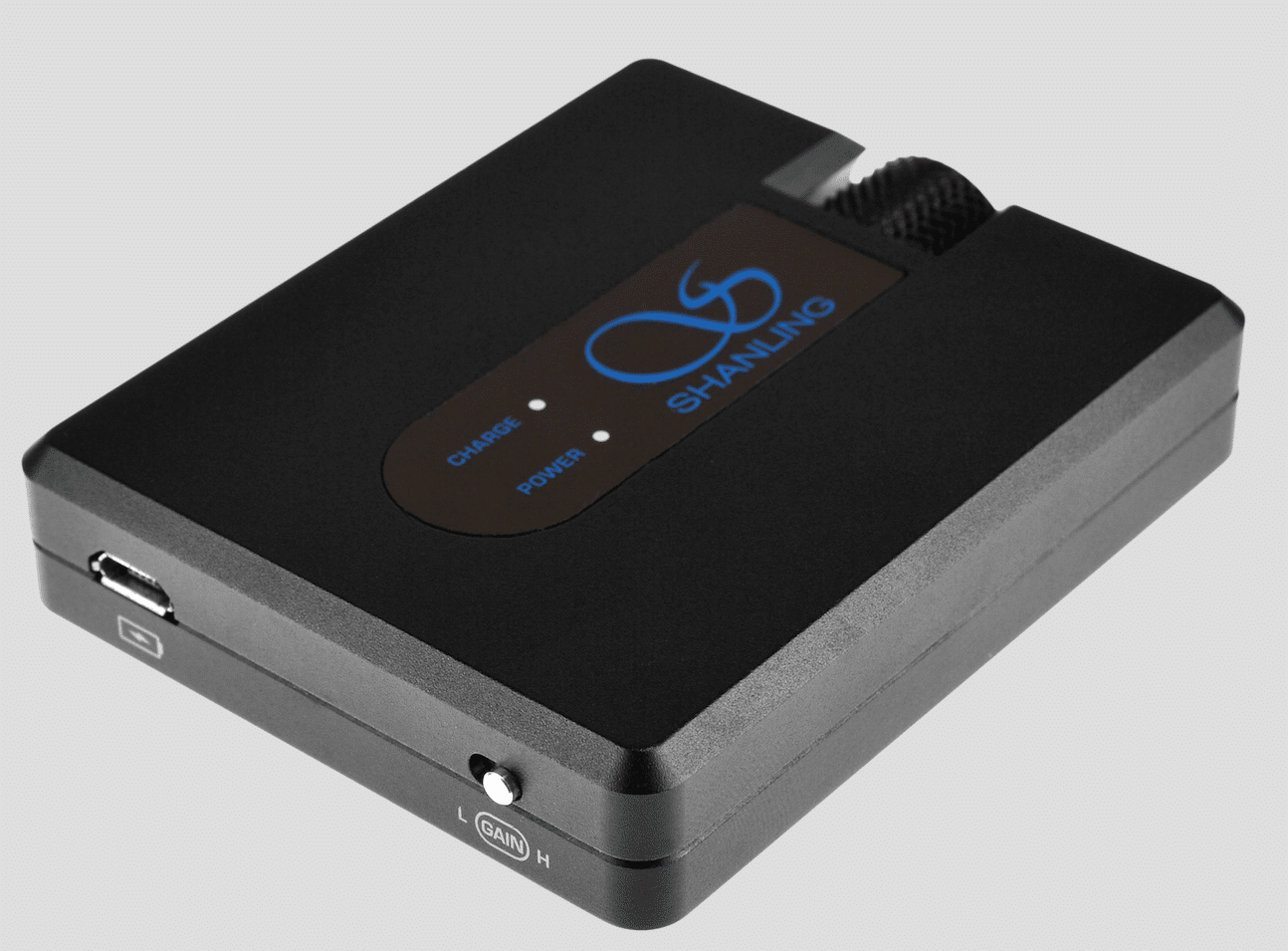


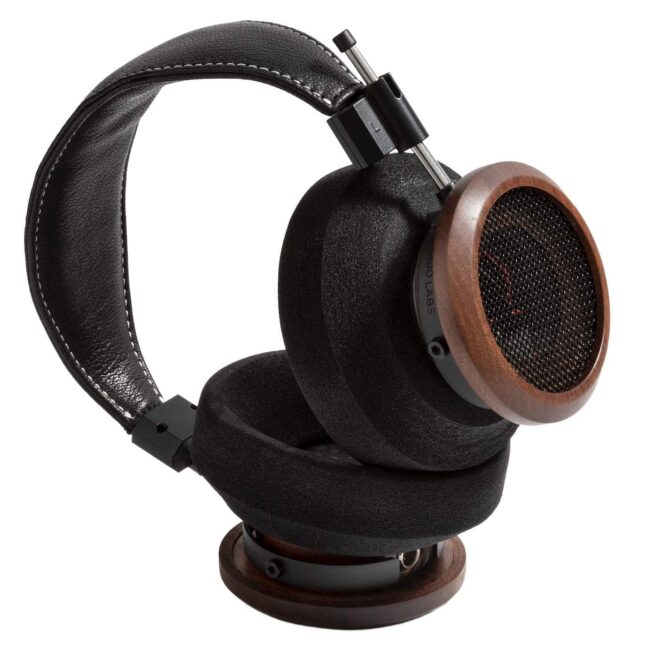
Amazing price, good build. Very nice.
Thinking of buying the H1 headphone amp. I will need a short 3.5mm lead from my iPad to the Shanling. Can you recommend one? I will be using my Sennheiser Momentum headphones.
Hi Trevor – thanks for your question. Just to confirm, because I’m not sure what iPad you’re using, do you need a 3.5mm plug on both ends of the prospective cable?
Hi Paul. What type of headphone amp would you recommend for an Audio Technica Lp120x? Don’t want anything too fancy, just something I can enjoy with a good set of headphones.
Cheers,
John
Budget?
Preferably less than £200. At what point do you receive diminishing returns with an amplifier for this type of turntable?
Hi John – there’s no such thing as diminishing returns. When HiFi users talk about that, what they’re hearing is a bottleneck somewhere in/out of their system. When that is located and freed, the sound quality moves on up.
As for the head amp? Check out the iFi Zen Can.
Many thanks, Paul.
Sorry, Paul – another quick question.
Would the Audio Technica ATH M50X headphones be a good option for this setup?
Thanks again.
John
I don’t see why not, John.